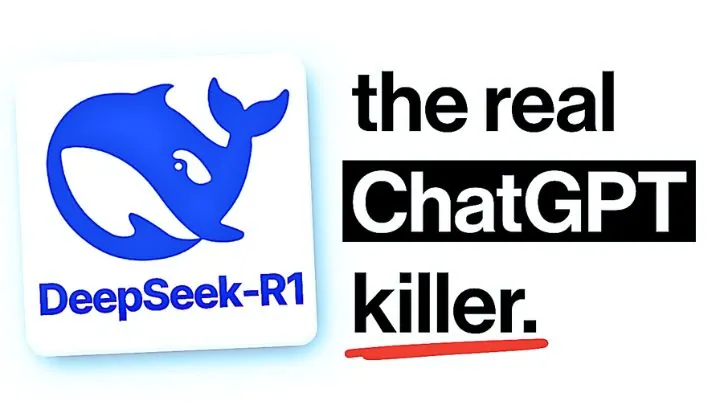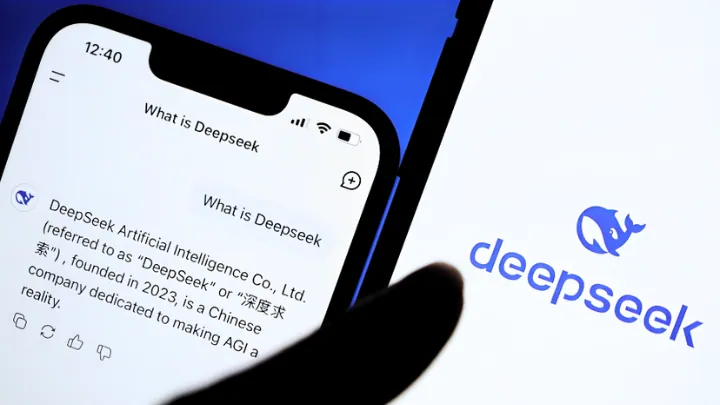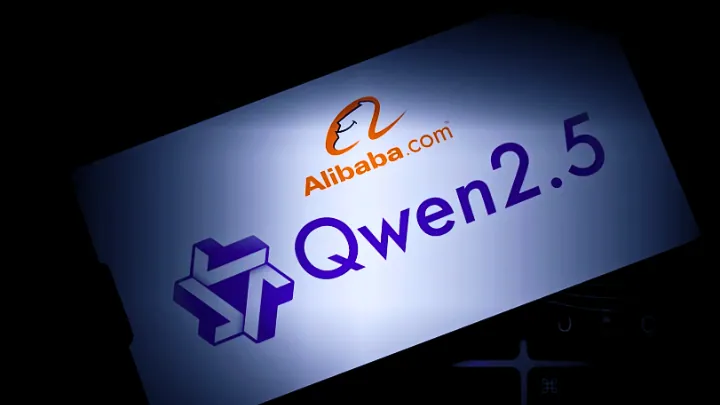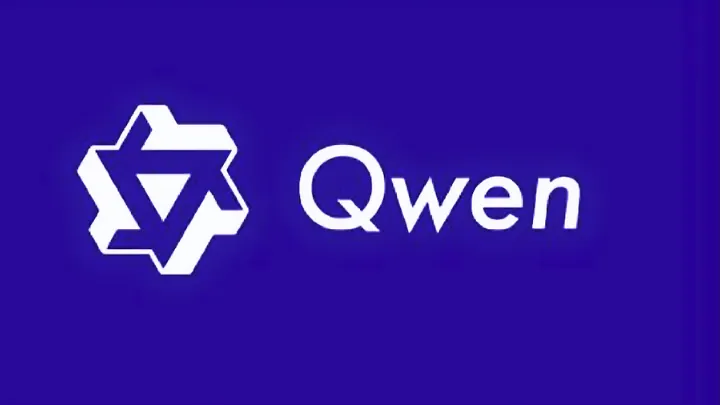Just a few days ago, hardly anyone outside of AI and tech circles had heard of DeepSeek AI company funded by High-Flyer Capital Management. But now, it has become one of the most talked-about names in Silicon Valley.
The reason?
DeepSeek recently released DeepSeek-R1, a powerful large language model (LLM) designed to handle complex reasoning, much like OpenAI’s top-tier model, o1.
It takes a thoughtful, step-by-step approach to solving problems, which is often called “chain of thought” reasoning.
What’s truly remarkable is that DeepSeek-R1 has matched or even outperformed OpenAI’s o1 in several key AI performance benchmarks, all while being trained at a fraction of the cost (reportedly around $5 million) and using fewer GPUs.
This is significant because U.S. trade restrictions have limited China’s access to high-end AI chips.

Unlike OpenAI’s o1, which is locked behind a paywall (starting at $20 per month for ChatGPT Plus users), DeepSeek-R1 is fully open-source.
This has made it an instant favorite in AI communities, rapidly climbing the ranks on Hugging Face, a major platform for AI model sharing.
Because it is open-source, developers worldwide have been able to fine-tune DeepSeek-R1 for various tasks, making it compact enough to run on mobile devices or integrating it with other models.
Even for those who need API access, DeepSeek’s pricing is significantly cheaper, costing 90% less than OpenAI’s equivalent model.
Perhaps the most impressive part?
You don’t need to be a software engineer to use it. DeepSeek offers a free website and mobile app, even for U.S. users, where you can chat with an AI assistant powered by R1.
Unlike OpenAI’s ChatGPT, which limits web browsing to less powerful models, DeepSeek has integrated real-time web search, making it even more useful for up-to-date information.
The Irony of OpenAI’s Original Mission

There’s an ironic twist to DeepSeek’s rise. OpenAI was originally founded to make AI accessible to everyone, but now, a Chinese company is taking that mission more seriously by keeping its model open-source.
As Jim Fan, a senior researcher at Nvidia, put it: “We are living in a timeline where a non-US company is keeping the original mission of OpenAI alive — truly open, frontier research that empowers all. It makes no sense. The most entertaining outcome is the most likely.”
Adding to the irony, some reports suggest that DeepSeek’s model was trained using data from OpenAI’s ChatGPT outputs.
One X user humorously compared the situation to Robin Hood, saying, “OpenAI stole from the whole internet to make itself richer, DeepSeek stole from them and give it back to the masses for free I think there is a certain british folktale about this”
How DeepSeek Disrupts the AI Industry?
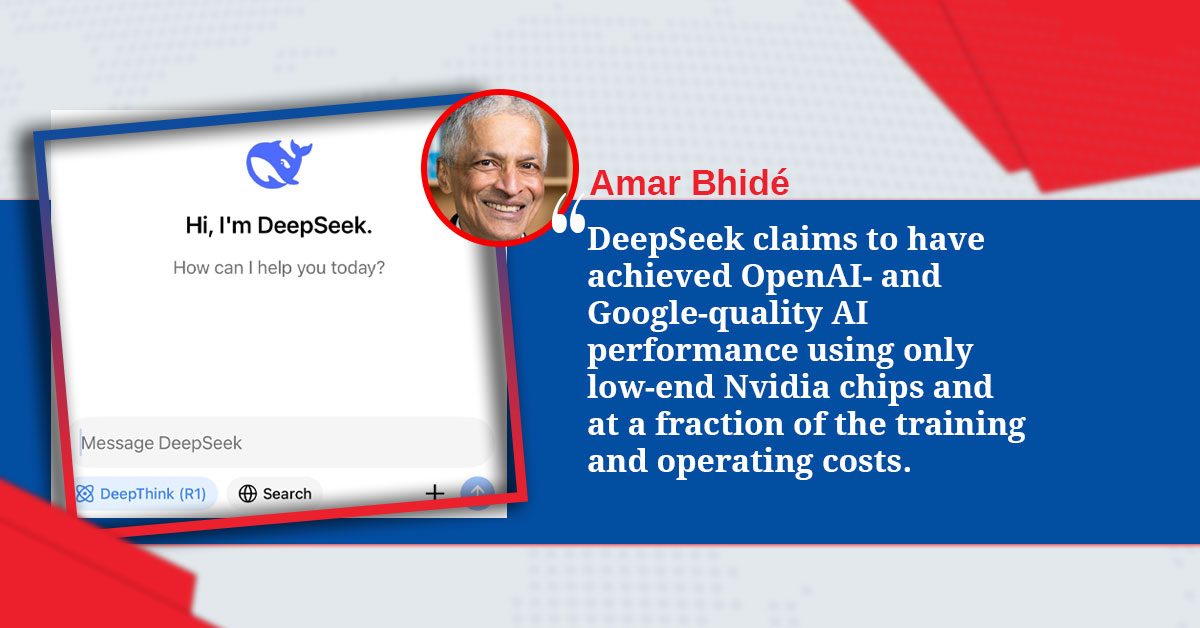
DeepSeek-R1’s emergence has shaken the AI industry, and even major players like Meta are feeling the pressure.
A post on Blind, an anonymous tech industry forum, suggests that Meta is struggling to keep up with DeepSeek’s rapid advancements.
Many saw Meta’s Llama models as the leader in open-source AI, but DeepSeek may have just stolen that title.

One X user, @tphuang, summed it up:
“DeepSeek has commoditized AI outside of very top-end. Lightbulb moment for me in 1st photo. R1 is so much cheaper than US labor cost that many jobs will get automated away over next 5 yrs,”
He also pointed out three major flaws in OpenAI’s o1 model:
- Too slow
- Too expensive
- Lack of user control (requiring reliance on OpenAI’s servers)
DeepSeek-R1 solves all these issues. Companies can run the model on their own Nvidia GPUs, eliminating dependency on OpenAI and reducing costs.
Some have compared DeepSeek’s impact on AI to how Android revolutionized the smartphone industry.
Could it become the Android of AI, providing a widely accessible alternative to proprietary models?
Concerns Over Censorship and Regulation
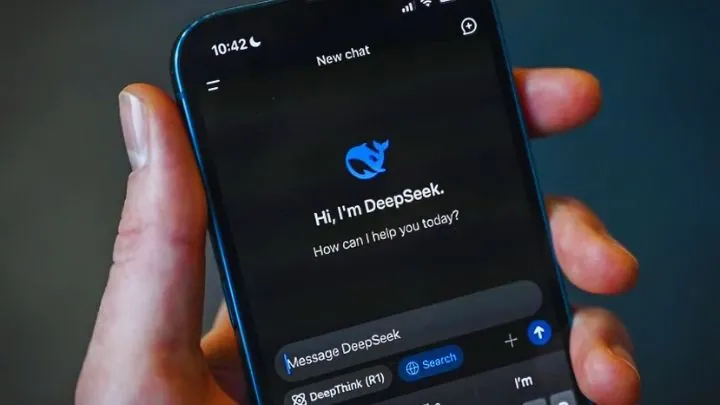
Despite its success, DeepSeek’s rapid rise raises concerns, especially regarding censorship. Since it operates in China, the company must comply with the country’s strict regulations.
Some users have reported that DeepSeek refuses to answer politically sensitive questions, such as those about the 1989 Tiananmen Square protests.
However, OpenAI also has strict content restrictions, especially regarding adult content and politically sensitive topics.
While the reasons differ, DeepSeek follows Chinese laws, while OpenAI enforces its own policies, both companies place limits on what users can ask.
For those worried about censorship, one major advantage of DeepSeek-R1 is that it is open-source.
Anyone can download, modify, and run it privately, ensuring full control over its responses.
The First of Many Disruptive Chinese AI Models
DeepSeek is just the beginning. Another Chinese AI model, Doubao-1.5-pro, was recently released by TikTok’s parent company, ByteDance.
It performs at the same level as OpenAI’s non-reasoning GPT-4o model but at 1/50th of the cost.
China’s AI progress is gaining global attention.
The Economist recently covered the rise of Chinese AI models, and tech expert Matt Bruenig noted that DeepSeek outperforms ChatGPT, Gemini, and Claude for certain tasks while being far cheaper.
How Will OpenAI Respond?
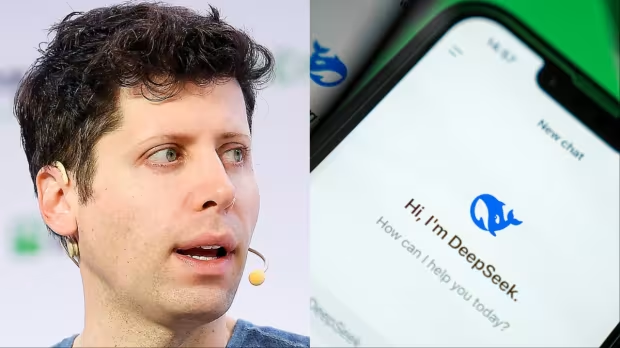
OpenAI’s CEO, Sam Altman, has already hinted at the company’s response, making its next-generation reasoning model, o3, available even for free-tier users.
OpenAI remains an industry leader with cutting-edge AI research and development.
But with DeepSeek and other Chinese firms catching up fast, the big question is: How long can OpenAI maintain its dominance?
Some believe OpenAI might follow Apple’s strategy. Even though Android dominates the smartphone market, Apple has managed to carve out the high-end segment and expand from there.
OpenAI could take a similar path, focusing on premium AI services while open-source models like DeepSeek gain mainstream adoption.
One thing is clear: AI is becoming more accessible and affordable than ever before.
And for businesses and developers looking for cost-effective AI solutions, DeepSeek is proving that you don’t need to spend a fortune to access top-tier AI technology.
